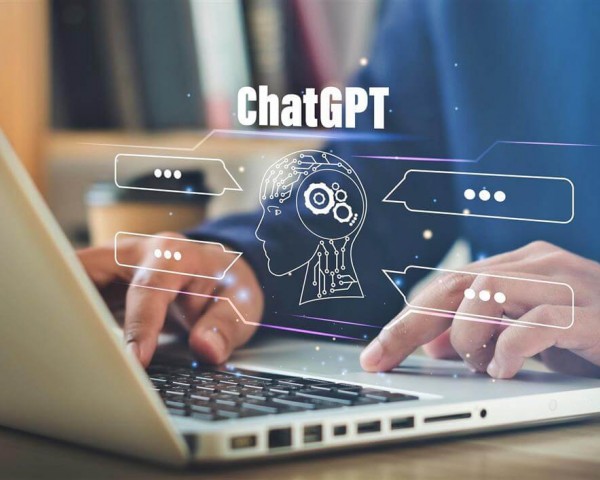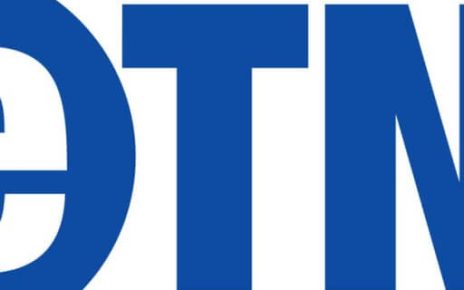In just a few months, ChatGPT has captured the attention of millions of users and the imagination of companies all around the world. The explosive rise of the generative conversational AI platform is understandable: an exciting new AI tool capable of correcting code, answering questions, writing emails and articles, and much more, is now within everyone’s reach.
The data used to train ChatGPT is impressive: 45 terabytes of text data. According to estimates, this equates to about 30 billion eBooks. Furthermore, chat is supposed to continually improve its language model with hundreds of thousands of daily interactions.
With companies like Microsoft and Salesforce already looking to integrate ChatGPT capabilities into their workflows, it is not surprising that the demand for generative conversational AI is so high.
Given its popularity and potential, marketers wonder how travel and hospitality companies can use generative AI to achieve some business. What benefits can generative AI bring to the overall customer experience?
Coding capabilities aside, the exact potential of generative AI in a business context, used as a conversational tool, is still uncertain. While generative AI can help businesses instantly write content and responses that can be used in a conversational environment, its customer-facing operability is questionable.
ChatGPT has the ability to chat, or rather, reply to questions and have conversations with users. However, the accuracy and appropriateness of responses can pose risks for a company implementing ChatGPT, especially when voice and brand control are critical.
To be fair, no great linguistic model is perfect. When it is tested, ChatGPT has shown to have its own loopholes and cases of bias. Examples of inaccurate and bizarre conversations have been well documented in press reports on the subject, and can also be detected after just a few interactions.
There are also practical reasons why the current version of ChatGPT is not ready for the conversational tasks that businesses require.
First of all, ChatGPT may not be easily scalable. Companies cannot spend hundreds of hours with a language model to make sure it is ready for their particular use case. Conversational AI tools need to be trained for a business use case and ready to use out of the box.
Secondly, a linguistic model alone will not be able to sufficiently help a user complete custom requests. For example, if a user wants to check their account balance or change the details of a purchase, the linguistic model would have to go beyond its original intent and be able to access account data, identify the user, and read accurately the request or act accordingly. These types of transactional integrations are widespread among current conversational AI tools (Chatbots), but not in ChatGPT.
Thirdly, companies should require their generative AI responses to be approved by their marketing, sales and legal teams. Off-topic or off-brand responses are not only a misuse of conversational AI, but should be scrutinized from a reputation standpoint (no company wants their chatbot to engage in scandalous or offensive conversation).
If we were to ask ChatGPT which business use it supports, we would get several possibilities: customer service and support, content creation and marketing, translations, data analysis and virtual assistant.
The reality is that today’s ChatGPT cannot deliver these types of use in a customer-ready way without significant business intervention. However, in the long term, it is easy to see how more accurate, tested and connected generative conversational AI could be used to power these tasks.
At the moment, companies worldwide are deploying conversational AI designed for these specific customer-centric use cases daily, with positive results. It is important that companies use AI responsibly. This includes approaching generative AI with due interest and caution.




